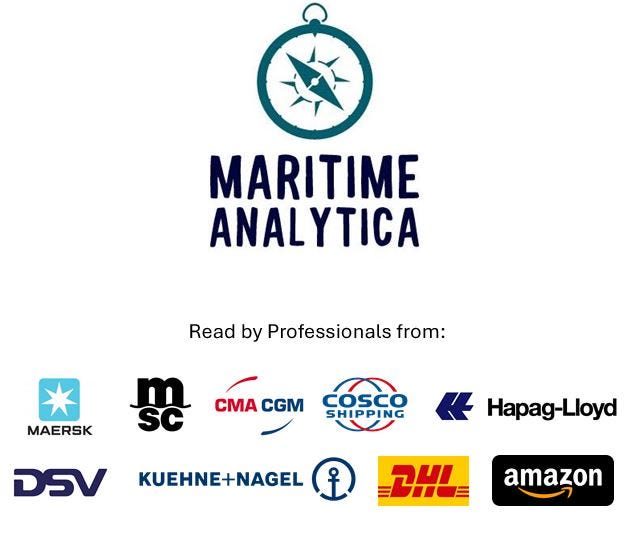🔥Breaking News: U.S. Declares Maritime War on China!
🌍The most aggressive shipping policy in decades just launched — here's what it really means.
🔥 Greetings, Maritime Mavericks!
For years, China quietly took control of the shipbuilding world — constructing 80% of the global fleet and dominating everything from ship-to-shore cranes to container chassis.
Now, the U.S. is pushing back.
On April 17, 2025, the Office of the U.S. Trade Representative (USTR) enacted a historic Section 301 action targeting China’s maritime dominance — and it comes with fees up to $20 million per port call for some vessels.
Let’s break down exactly who pays what — and why the industry is entering a new era of port strategy, vessel shuffling, and policy-driven fleet design.
1-Chinese-Owned or Operated Vessels
2-Chinese-Built Vessels Operated by Other Carriers
3-Car Carrier Vessels
4-LNG Vessels
Smart Exceptions You Need to Know
How to Avoid the Fees?
Maritime Analytica Insight
Conclusion: A New Era of Trade by Design
📊 Development: The Fees — and How They Work in Real Life
The new policy introduces four different fee structures. Only one applies per ship, based on build origin, operator, and vessel type.
🔴 1. Chinese-Owned or Operated Vessels (Tier 1)
📌 Applies to ships operated or owned by Chinese companies (like COSCO), regardless of where the ship was built.
Oct 2025: $50 per net ton
2026: $80
2027: $110
2028: $140
💡 A 100,000-ton COSCO ship in 2028 = $14 million per call
⏱️ Capped at 5 U.S. calls per vessel annually
📌 Note: Fee applies per U.S. entry — not per port. Calling 4 U.S. ports in 1 voyage = 1 fee.
🟡 2. Chinese-Built Vessels Operated by Other Carriers (Tier 2)
📌 Applies to vessels built in China, but operated by non-Chinese firms (e.g., Maersk, MSC, Hapag-Lloyd)



